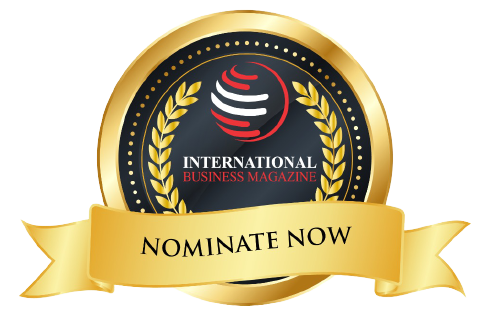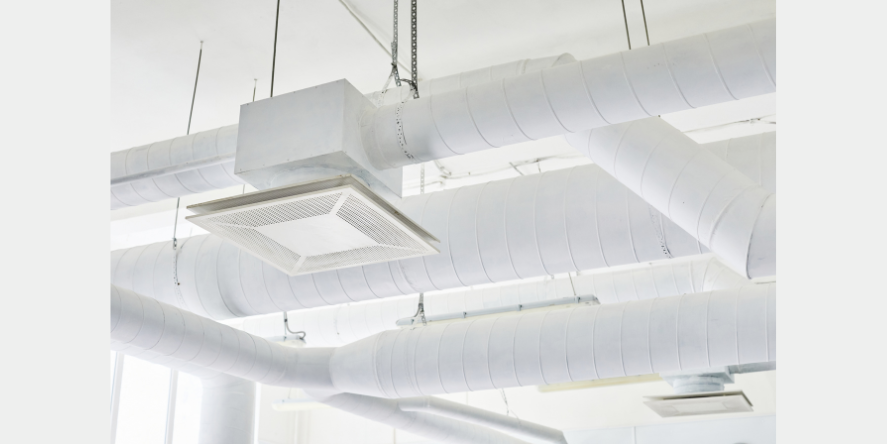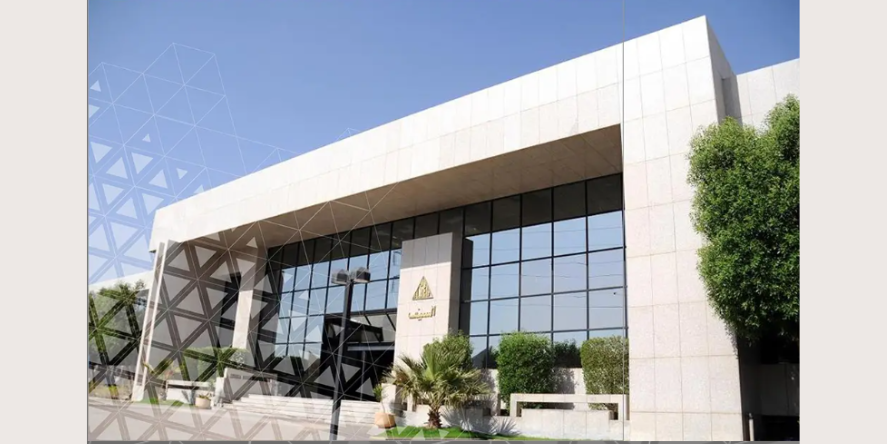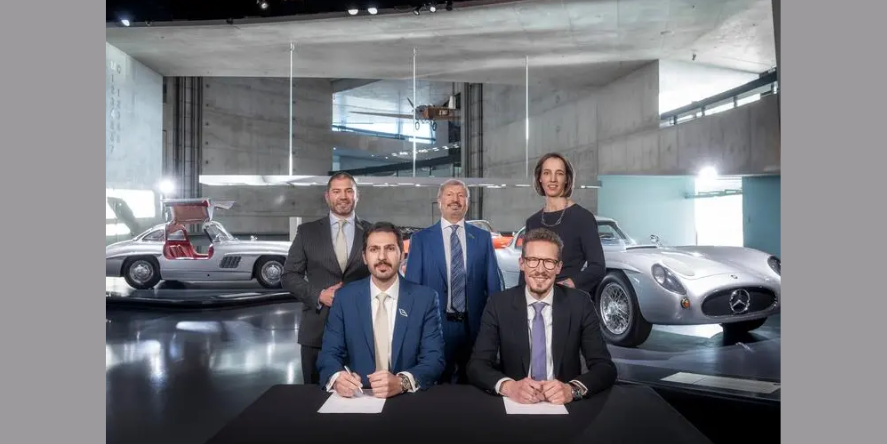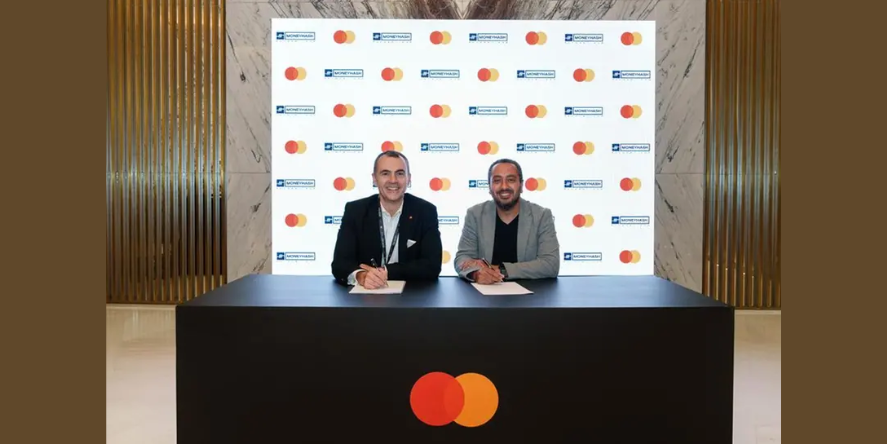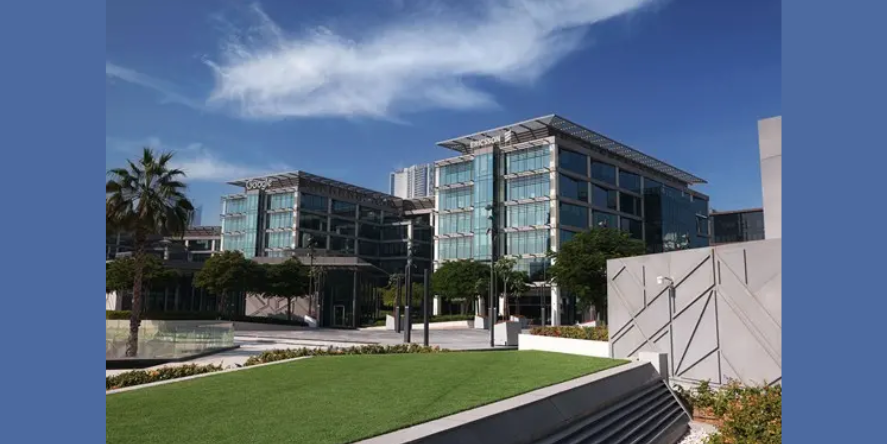As industries evolve and regulations tighten, facility managers are under increasing pressure to ensure their workplaces are not just compliant today but adaptable to the needs of tomorrow. One of the most effective strategies for future-proofing a facility lies in smart ventilation design. By integrating intelligent systems and thoughtful planning, businesses can safeguard worker health, optimize energy usage, and remain resilient to future operational changes.
1. Why Smart Ventilation Matters
Traditional ventilation systems are often static and inefficient, designed for a single purpose or environment. However, modern facilities are dynamic. Production processes change, workforce numbers fluctuate, and environmental standards are continuously updated. Smart ventilation design embraces adaptability, using advanced control systems, sensors, and modular components to respond in real time to changes in the environment or operational load.
Smart systems monitor air quality, temperature, humidity, and airborne contaminants, adjusting ventilation rates automatically. This not only ensures optimal indoor air quality (IAQ) but also reduces unnecessary energy consumption, which is crucial as energy costs rise and sustainability targets become stricter.
2. Health, Safety, and Compliance
Employee health and regulatory compliance go hand in hand. Poor ventilation can lead to the buildup of harmful contaminants, such as dust, fumes, and vapors, which pose serious health risks. With regulations like COSHH (Control of Substances Hazardous to Health) in the UK and similar frameworks globally, companies are legally obligated to control exposure to hazardous substances.
A forward-thinking ventilation strategy incorporates LEV design, or Local Exhaust Ventilation, to capture and remove contaminants at the source before they can disperse into the workspace. Smart LEV systems can be tailored to specific processes and equipped with sensors to provide real-time performance data, making maintenance easier and more predictive. This enhances both worker safety and system reliability.
3. Energy Efficiency and Sustainability
Energy efficiency is a major driver in smart ventilation planning. A well-designed system minimizes energy waste through variable air volume (VAV) systems, heat recovery units, and demand-controlled ventilation. By adjusting airflow based on occupancy or contaminant levels, facilities can cut down on energy use without compromising safety or comfort.
Sustainable ventilation solutions are also key to meeting ESG (Environmental, Social, and Governance) goals. Businesses are increasingly evaluated on their environmental performance, and ventilation plays a significant role in a facility’s carbon footprint. Implementing efficient ventilation supports green building certifications such as BREEAM or LEED and enhances a company’s reputation as a responsible operator.
4. Scalability and Future Flexibility
Smart ventilation systems are inherently scalable. As your facility grows or adapts to new processes, modular systems can be extended or reconfigured without complete overhauls. This flexibility reduces long-term costs and downtime associated with future upgrades or expansions.
Additionally, integrating smart ventilation with building management systems (BMS) allows for seamless control and monitoring. Data from multiple systems can be analyzed to identify trends, predict maintenance needs, and support decision-making.
Conclusion
Future-proofing your facility is not just about meeting today’s needs. It is also about being ready for what comes next. Investing in smart ventilation design offers a proactive approach to workplace safety, energy efficiency, and operational resilience. Whether you’re building new or upgrading existing infrastructure, integrating adaptive, intelligent systems, especially with targeted solutions, ensures your facility remains safe, compliant, and cost-effective for years to come.
Blog recieved via Mail
